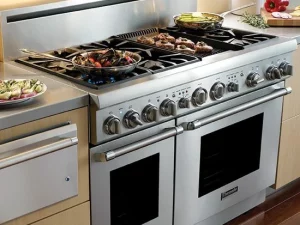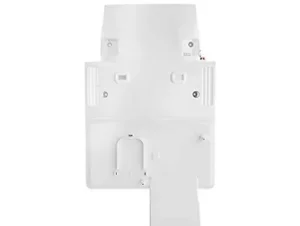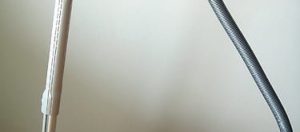
Your Guide to Cold Water Laundry
With energy prices rising and environmental concerns and their connection to the way we use our homes growing, more and more people are thinking about ways in which they can reduce the amount of energy they consume. One way to achieve lower energy usage is by running your laundry on a cold wash cycle. Any appliance that produces heat will cause energy usage to jump. However, you may be dubious about the effectiveness of a cold-water wash and tough set-in stains. Here’s our guide to washing laundry in cold water and receiving excellent results.
Water Temperature and Why it Matters
If your garment is heavily soiled or stained, the temperature of the water in your washing machine can play a huge role in the effectiveness of treating the stains and lifting the soil. However, washing your laundry at a higher temperature of 40°C or plus can affect the quality and longevity of your garments over time; colour fading, shrinkage, and wear and tear. It’s important to check the care fabric care label of your garment to see if it is suitable for a hot or cold-water wash.
Is Cold Water Better for Laundry?
A cold-water wash can be beneficial for your laundry, especially when washing colours and darks to reduce colour running and shrinkage. This is particularly true of delicate fabric that is susceptible to damage. Cold-water washing is excellent for lightly soiled clothing or to refresh items such as seasonal wear. Cold-water washing at 20°C – 30°C will protect clothing from physical harm and colour run as well as reduce energy usage and costs.
Will a Cold-Water Wash Kill Germs and Bacteria?
People can be hesitant to put their laundry on a cold-water wash in their washing machine, whatever their make or model. This can be due to long-standing habits, traditions, myths, and more. However, people needn’t be uncertain anymore. Low temperature lightly soiled laundry loads will be perfectly clean from dirt and stains, and with the added benefit of detergents and spin cycle, your laundry will be perfectly clean to your usual standards.
Is it OK to Wash Everything in Cold Water?
Cold-water washes at 20°C – 30°C are great for delicate fabrics that require a gentler launder such as acetate, acrylics, silk, wool and types of clothing like blouses, colours, light summer clothing, shirts, sportswear, and t-shirts. Heavier soiled and durable fabrics can withstand higher temperature wash cycles at 40°C including white cotton fabrics, bed linen, viscose, wool synthetic mixtures, wool polyester blends, towels, and everyday underwear. Make sure to always check your fabric care label inside the garment.
How Much Energy Does a Cold-Water Cycle Save?
According to multiple sources, approximately between 60% – 90% of the energy used by a washing machine goes towards heating the water used. Switching to cold-water washes will significantly decrease your energy use. also states that washing four out of every five loads of laundry in a cold-water wash cut approximately 864lbs of CO2 emissions a year. This energy-saving will also reflect in energy costs.
The next time you load up your washing machine with your laundry, consider lowering the temperature to 30°C and less for a more ecological, environmentally friendly wash. Don’t forget that laundry doesn’t stop after the wash, remember to correctly dry your garments according to their care instructions.





